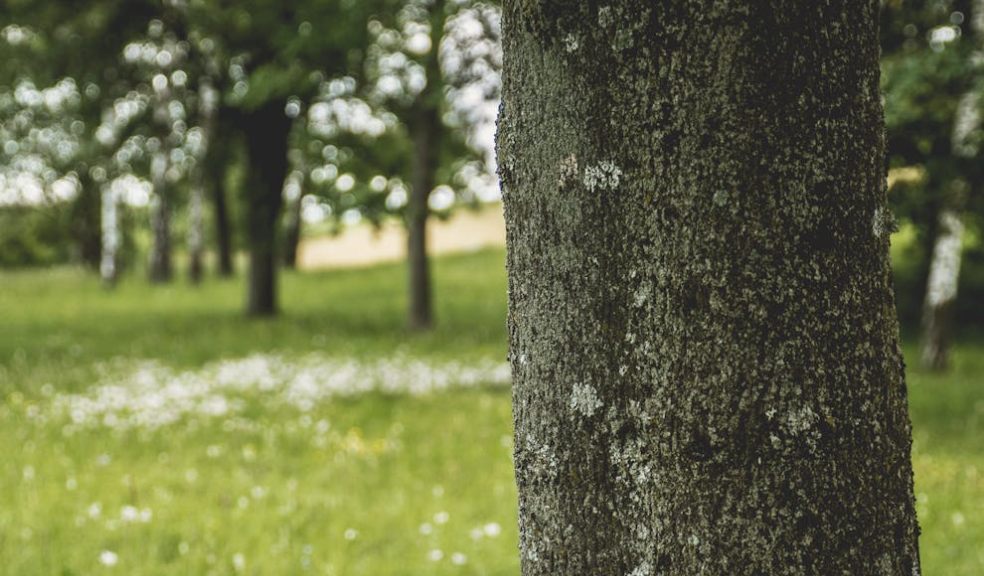
Identifying and Managing Tree Diseases: A Comprehensive Guide
Trees, majestic sentinels of the natural world, play a crucial role in the ecosystem. They provide oxygen, offer shelter to wildlife, and enhance the beauty of landscapes. However, trees face numerous threats, with diseases being among the most significant. Understanding how to identify and manage these diseases is essential for anyone responsible for tree care. This comprehensive guide aims to equip you with the knowledge needed to keep trees healthy and vibrant. From understanding different types of diseases to effective management strategies and knowing when to seek professional help, this guide covers it all.
Understanding Tree Diseases
Tree diseases are conditions caused by various pathogens, including fungi, bacteria, and viruses. They can hinder a tree's growth, cause structural damage, and even lead to death. Understanding how these diseases spread and what environmental factors contribute to their proliferation is key to managing them effectively.
Fungal diseases are the most common type of tree disease. They spread through spores, which can be carried by wind, water, insects, and even humans. Bacterial diseases are less common but can be just as damaging. They often spread through water, either via rain splash or irrigation. Viral diseases, while less understood, are also a significant threat. They typically spread through vectors like insects or contaminated tools.
Environmental factors such as high humidity, poor air circulation, and waterlogged soil can create favourable conditions for pathogens. Signs and symptoms of a diseased tree can vary widely, but common indicators include discolouration of leaves, abnormal growth patterns, and the presence of cankers or lesions on the bark.
Common Tree Diseases and Their Identification
Fungal Diseases: Dutch Elm disease, a well-known fungal affliction, primarily affects elm trees. Symptoms include yellowing and wilting of leaves, followed by browning and eventual defoliation. The disease spreads through beetles that carry the spores from tree to tree. Treatment includes pruning infected branches and applying systemic fungicides.
Bacterial Diseases: Fire Blight is a notorious bacterial disease affecting fruit trees like apple and pear. Its symptoms are characterised by wilting and blackening of blossoms and branches, giving them a scorched appearance. Control methods include promptly removing infected parts and applying antibacterial sprays.
Viral Diseases: Mosaic Virus, affecting a range of tree species, presents with mottled leaves showing several shades of green and yellow. Management focuses on controlling insect vectors and ensuring contaminated tools are disinfected.
Other Diseases: Anthracnose is another common disease that affects various trees, including sycamore and oak. Symptoms include leaf spots, premature leaf drop, and twisted shoots. Treatments involve improving air circulation and applying appropriate fungicides.
Diagnosing Tree Diseases
Accurately diagnosing tree diseases can be challenging, but it's a crucial step in effective management. Start by observing the tree for visible symptoms such as discolouration, wilting, or abnormal growth. Employ tools like magnifying glasses to examine leaves and bark more closely.
Advanced diagnostic techniques involve laboratory tests where samples of affected tissues are analysed. In some cases, professional diagnosis is key. Arborists possess the expertise and equipment needed for precise identification, making them invaluable when you're uncertain about the disease.
Numerous resources are available for further information. Universities, agricultural extensions, and professional organisations offer guides and services to aid diagnosis. Additionally, online databases can provide detailed information on specific diseases and their symptoms.
Effective Disease Management Strategies
Preventative measures are paramount in reducing the risk of tree diseases. Selecting disease-resistant tree varieties and ensuring proper planting practices can make a significant difference. Regularly inspecting trees and maintaining good hygiene by disinfecting tools can also help.
Treatment options for trees already infected vary depending on the disease. Chemical treatments, such as fungicides and bactericides, can be effective but should be used judiciously. Pruning and removing infected parts can limit the spread of diseases, and in severe cases, tree health and necessary removal might be requisite.
Proper tree care and maintenance are vital in disease management. Regular watering, mulching, and fertilising keep trees healthy, which aids their ability to resist pathogens. Soil health plays a critical role in this, as nutrient-rich, well-drained soil supports robust tree growth.
When to Seek Professional Help
Certain situations warrant the expertise of professional arborists or tree health experts. Severe infestations, large-scale infections, or high-value trees require specialised skills and equipment for effective treatment. Also, trees growing in urban or public areas often need professional care to ensure safety and compliance with local regulations.
Choosing the right professional can be daunting. Look for certified arborists with good reviews and solid experience. Services typically offered by tree care professionals include diagnosis, treatment, pruning, and removal. While costs can vary, the investment in professional help often outweighs the potential losses from untreated diseases.
Conclusion
Identifying and managing tree diseases is essential for maintaining the health and beauty of our natural environment. Understanding the types of diseases, recognising their symptoms, and knowing how to manage them effectively are key components of this endeavour. By remaining proactive in tree care and seeking professional assistance when needed, a thriving landscape full of healthy trees will be within reach.
Continuing education on tree care through workshops, online courses, and reading materials can keep you informed about the latest best practices in tree health management. Remember, healthy trees contribute significantly to the environment, so let's strive to keep them thriving. For additional resources and further reading, numerous organisations and websites are available to guide you in your tree care journey.













